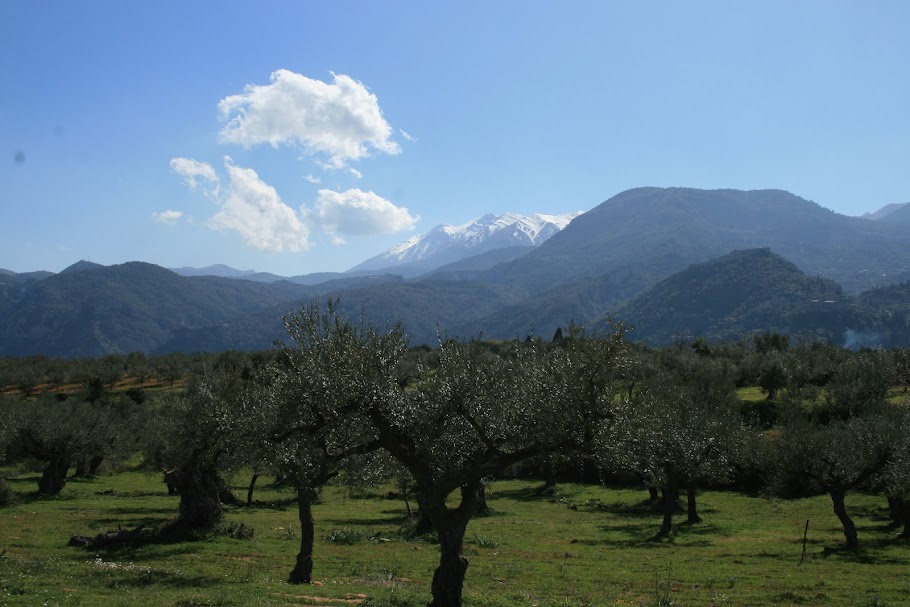Fans of “300” may find it hard to think of Leonidas as a
diplomat. In the Hollywood cartoon,
Leonidas is portrayed as the brutal antithesis of a diplomat: he personally
throws a Persian ambassador down a well.
But there is no more historical evidence that Leonidas committed this
crime than that Xerxes was a monster. The historical record, foggy and imprecise as
it is, suggests that far from being a tactless brut, Leonidas was probably a
very savvy diplomat.
The evidence for Leonidas’ diplomatic talent is indirect
rather than explicit. It is evident in what he did, rather than what is said
about him. Quite simply: During his
brief reign, Leonidas managed to forge a coalition of Greek states willing to
oppose the Persian invasion and to convince this loose coalition
of independent and proud city-states to agree to a unified command and a joint strategy. The significance of such an achievement can
be measured by the fact that ten years earlier Athens didn’t place her army under the unified command of even a single Athenian; no less than ten generals
shared command of the Athenian army at Marathon. Equally notable, while Leonidas’ brother Cleomenes
alienated Lacedaemon’s Peloponnesian allies to the point of provoking revolt,
Leonidas won over new Allies such as Mycenae and Tiryns.
As for the incident with the Persian ambassadors, Herodotus
tells us that the Spartans shared the guilt for the murder of the ambassadors. According to Herodotus, the entire city was
threatened by ill-omens and the Spartan Assembly met repeatedly in order to
find volunteers from among the citizens willing to appease the Gods by dying in
atonement for the murdered Persian ambassadors.
If, as when Cleomenes’ burned the Sacred Wood near Argos, the crime had
been committed by either of the Spartan kings, the Spartans would have
expected/demanded that the king bear responsibility. Whoever killed the Persian ambassadors, the
entire Spartiate population felt collectively guilty about it – something that
suggests the Persian emissaries had not been the victims of a spontaneous act of
violence but rather condemned by the Spartan Assembly. (Something which in turn suggests that
Spartan Assemblies could be quite rowdy affairs, but that is a subject for
another day….)






